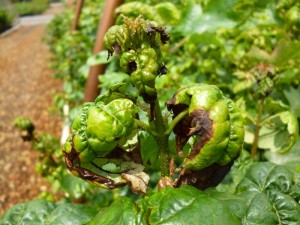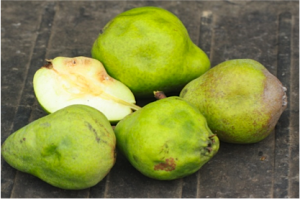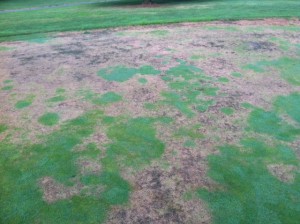During the past several weeks, significant leafhopper damage has been observed in a few nurseries within central NJ counties. Although there are many species of leafhoppers, the Potato Leafhopper (Empoasca fabae) is probably the most notorious in the northeastern U.S. states. The feeding damage can mimic herbicide injury with distortion & discoloration of foliage. Some of the common deciduous tree hosts include maple, oak, ash, & birch as well as others. The Potato Leafhopper does not overwinter in NJ, but during the weeks of May is carried-in by upper atmospheric winds from the gulf coast states .
Archives for July 2013
Fruit IPM Report: Week Ending 7/27/13
Fruit IPM Report 7-27-13 – Click to View | Download | Print
In this report:
- Pear
- Peach
- Apple
- Grape
- Scouting Calendar
- Blueberry
- Trap Counts
Summer Time and the Livin’ Ain’t Easy
Wow, what a difference a few weeks make! I was just checking out our nematode post from earlier this season and it started with comments on how mild the weather has been. There is nothing like a foot of rain and a couple weeks of 95+ºF heat to change our tune.
Vegetable Diseases of the Week – 7/22/13
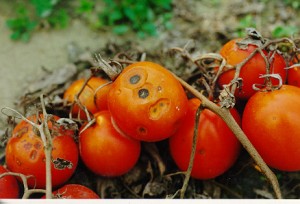
Anthracnose fruit rot of tomato
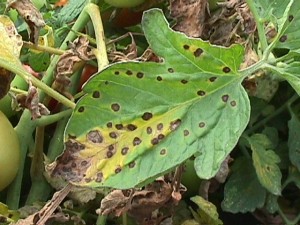
Septoria leaf spot of tomato
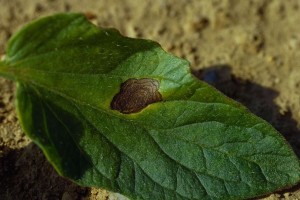
Early blight on tomato
Vegetable Disease Briefs – 7/23/12
Late blight Update
No Late blight has been reported in New Jersey this week.
Basil
Downy mildew – All basil growers should scout on a daily basis and should add a labeled downy mildew specific fungicide to their weekly fungicide program. Phosphite fungicides (FRAC code 33), such as Prophyt, K-Phite, and Rampart have shown the best efficacy in trials at RAREC. Actinovate (OMRI- approved) is also labeled for downy mildew control. Please remember, all abandoned basil fields should be worked under immediately after last harvest to kill the foliage! [Read more…]
Tomato Disease Forecasting Report 7-23-13
7-23-13 Tomato Report – Click to Download
Disease severity values (DSVs) for early blight, septoria leaf spot, and tomato anthracnose development are determined daily based on leaf wetness (due to rainfall, dew) and air temperature.
On a daily basis DSV values can range from 0 to 4 where 0 = no chance for disease development to 4 = high chance for disease development.
DSVs are accumulated during the production season.Fungicide applications are based on an individually determined DSV threshold. The first fungicide application for the control of these three diseases is not warranted until 35 DSVs have accumulated from your transplanting date. After that, growers can base fungicide applications on different DSV thresholds.
